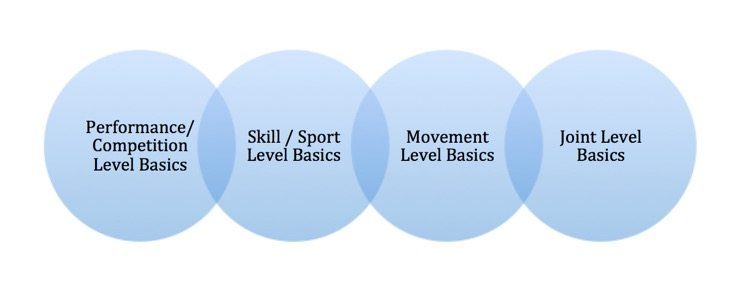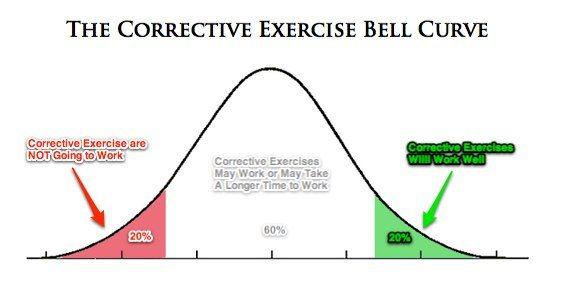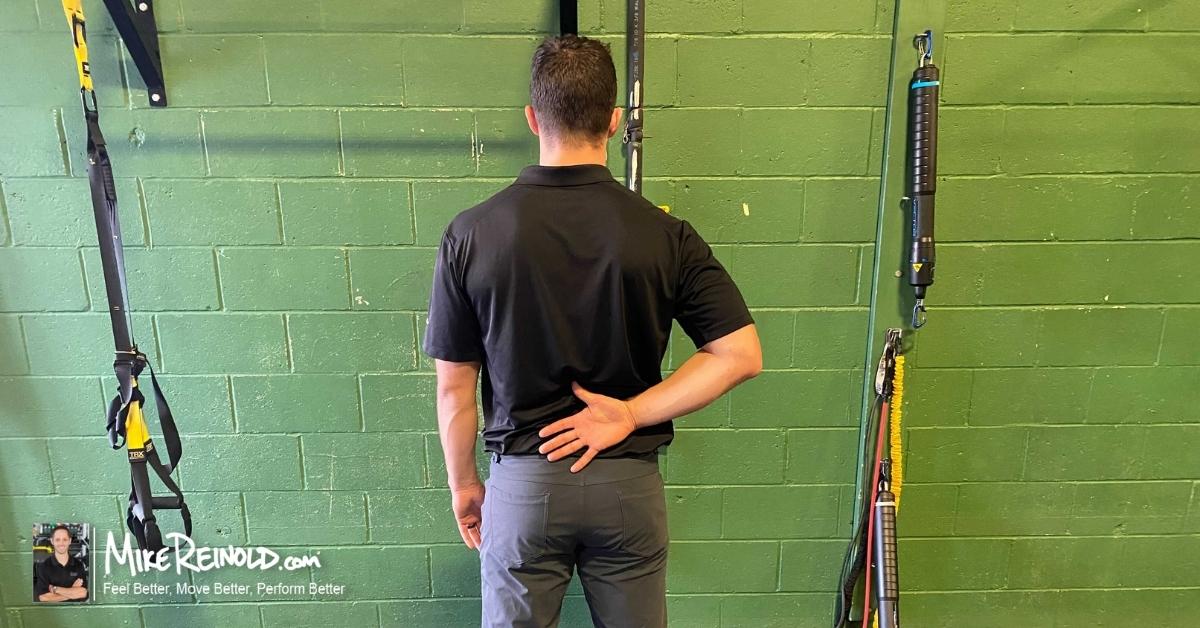This week’s post comes from my friend and colleague at Champion, Dave Tilley. Dave is no doubt one of the most impressive up-and-coming PTs out there right now and we are thrilled to have him part of our team at Champion. In this day and age, I’m seeing more and more students and young professionals skip the basics. In this post, Dave talks about how he focuses on some of the basics to achieve optimal performance.
Layering The Basics For Optimal Movement
Within my first few weeks of working at Champion, I remember one day Mike Reinold said, “Over the years I think people have overcomplicated things a lot. I’m actually trying to get back to the basics, and just do them really well.”
This stuck with me as I reflected back on my first few years coming out of PT school. After graduating, I dove into a lot of continuing education trying to catch up with all the new information available. I found myself swimming in a ton of really complicated material related to evaluation, treatment, and research concepts.
I think I let myself get into the complex material a little too much, and I found myself missing a lot of basics when working with clients. The more I learn and gain experience, I am finally able to find the balance. Overall, I have drifted back into making sure the basics are done really well before utilizing more complex approaches.
Coming from my gymnastics background, it’s a sport that is built around mastering the basics and revisiting them constantly. The gymnasts I coach do 45 minutes of basics daily in their workout.
The highest-level elite athletes I have worked with do the basics better than anyone else, and this it what makes the sport so hard.
These same high-level athletes tend to be the best compensators on the planet, having nervous systems that “get the job done” even if it means sacrificing tissue health.
When treating them, it often comes down to revisiting basics first. These “basics” include soft tissue or joint mobility, baseline strength, fundamental dynamic control, and more. It’s only once these factors have been addressed that we can start tweaking the complicated variables of program designed, complex movement patterns and high-level performance.
Here are a few “layers” of categories I consider for the maximizing movement, performance, and rehabilitation.
Performance / Competition Level Basics
- Does the person have a well-structured program design, which utilizes appropriate work to rest ratios and a periodized model that fits their goals?
- Does the person understand the basics of nutrition, hydration, sleep, and recovery methods to maximize the training effect from the point above?
- Is there some form of athlete monitoring (ideally subjective and objective) for understanding what is happening physiologically and psychologically during the training?
- Does the athlete have tools or strategies for competition planning, stress management, and mental preparedness?
Sport / Skill Level Basics
- Has the athlete grown up in a sporting environment that allowed a large range of sensory, motor, and movement based fundamentals to develop. With growing rates of early specialization and year-round training, this tends to become and issue in older athletes?
- Does the athlete understand a large range of fundamental movements (squat, hinge, run, push, pull, jump, etc) and are they equally represented in the program. As skill specific training increases this may drop off but it should never be completely lost?
- Do they understand and show the basics of sport specific movements being trained. Examples include fundamental shaping for gymnastics skills, basic mechanics for pitching, or mastery of barbell only clean/snatch movements in Olympic Lifting?
Movement Level Basics
- Within the skill specific patterns, does the athlete possess the basic movement components required to complete them. Examples for this may include having adequate overhead mobility or squat depth to hit the Olympic lifting positions, having basic lumbopelvic strength during the gymnastics drills, or adequate single leg stability to transfer dynamic force during a baseball pitch?
Joint Level Basics
- If the basic movement patterns are not demonstrated, we have to work backwards even further to check the joint level basics within each movement pattern.
- Within the overhead mobility example, does the person show adequate thoracic spine mobility, glenohumeral capsular and soft tissue mobility, underlying scapular or rotator cuff strength, and basic dynamic stability? For the stride mechanics, is there adequate hip, ankle, and great toe mobility present, along with glute strength and internal hip co-contraction to tolerate the high forces being generated?
Where to start for checking off the basics depends on the client. It depends on if they are rehabilitation or performance based, their history, and their evaluation.
It’s important to remember these categories are not mutually exclusive. They are very much interactive. If someone is week 1 postoperative from an ACL surgery, I’m not really worried about his or her power clean mechanics just yet. But, I still may be considering sleep, nutrition, hydration, maintaining metabolic capacity, and training the uninvolved areas of the body to optimize their rehabilitation.
A gymnast or athlete who is not injured but comes to me for performance goals, we may spend more time on the skill specific movements and overall training concepts. However, if they are missing some fundamental strength and joint mobility we may consider that within the treatment sessions.
With this said, I do think that reading and trying to understand complicated concepts is important. After all the human body is pretty complex. To make progress in the fields of human movement, I think we need to break down these larger usually more theoretically constructs.
With that said, we have to always remember that basics and foundational concepts will always need to be in place. As people say, a house built on sand is doomed from the beginning. When troubleshooting a client’s lack of progress in training, rather than spending 30 minutes trying to correct their 3 degree tibial internal rotation asymmetry maybe we should consider the fact they averaged 5 hours of sleep and worked 10 hour days last week.
It’s good to take a step back and make sure we have addressed the low hanging fruit before we scale the entire tree. Only once the basics are covered can we start tackling more complex concepts to help optimize their movement or performance. Just a few thoughts from my point of view, but I hope people found this helpful to think about.
About the Author






